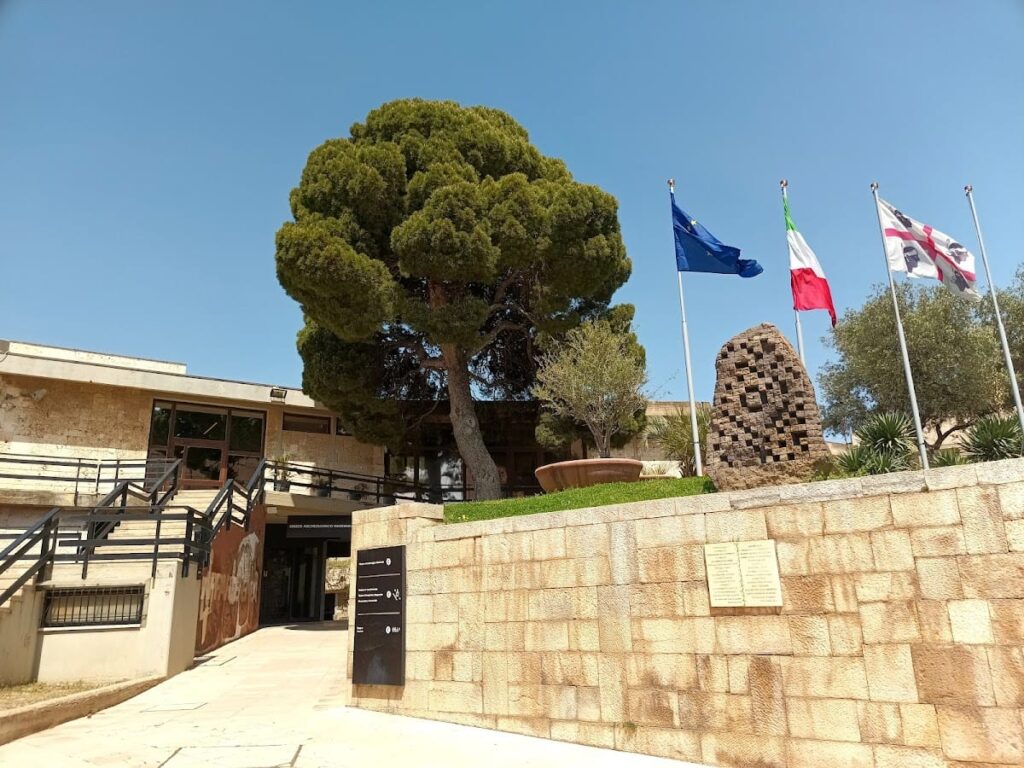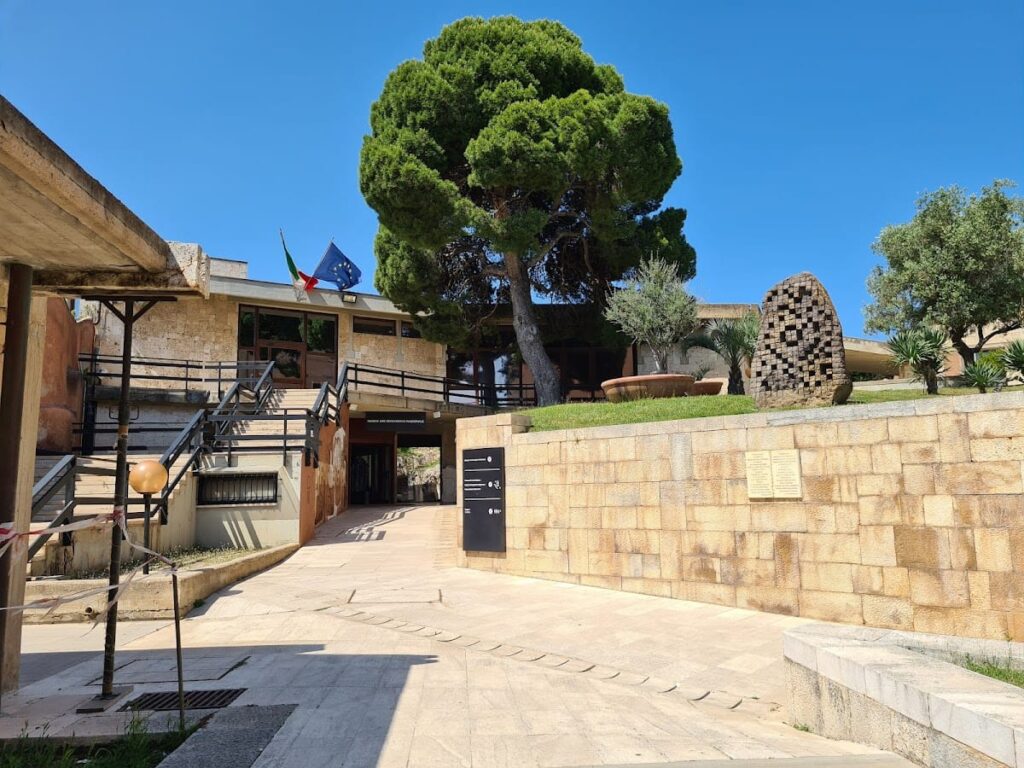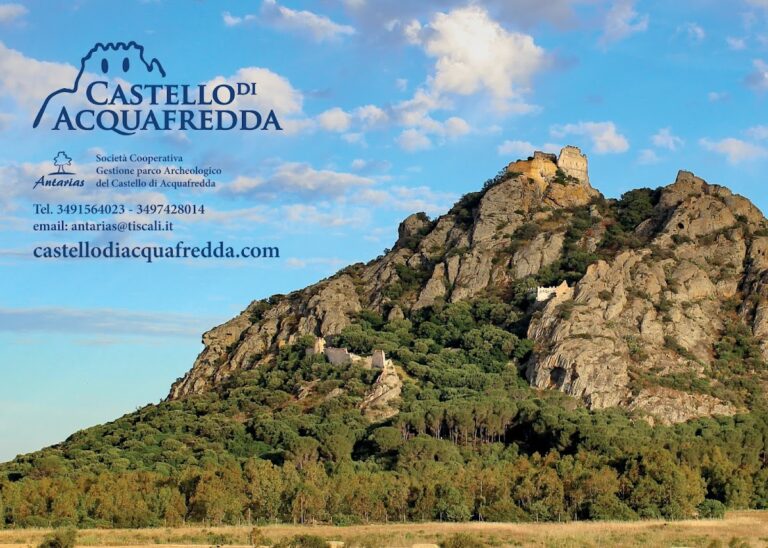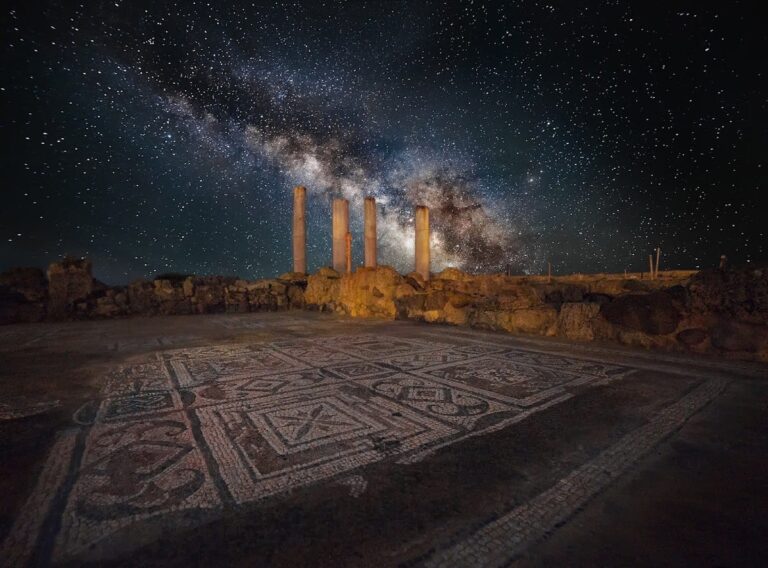National Archaeological Museum of Cagliari
Visitor Information
Google Rating: 4.5
Popularity: Medium
Google Maps: View on Google Maps
Official Website: museinazionalicagliari.cultura.gov.it
Country: Italy
Civilization: Byzantine, Phoenician, Roman
Remains: Museum
History
The National Archaeological Museum of Cagliari is located in the city of Cagliari, the capital of the Province of Cagliari on the island of Sardinia, Italy. The museum itself was established in the early 19th century and is dedicated to preserving and displaying artifacts from Sardinia’s long history, spanning from the Neolithic era through the Byzantine period.
The museum was founded in 1800 by Carlo Felice, the viceroy of Sardinia and brother of King Victor Emmanuel I. It began as a Cabinet of Archaeology and Natural History within the viceroy’s palace, initiated by Lodovico Baylle and managed by chevalier De Prunner, who expanded the collection. Initially, it functioned as a cabinet of curiosities without a strict scientific framework. The museum opened to the public in 1802, a rare occurrence at the time. In 1805, the viceroy donated the collection to the Royal University of Cagliari, which moved it in 1806 to Palazzo Belgrano, the university’s seat.
In 1857, the museum’s collections were expanded, separating archaeological finds into categories of material culture and stone artifacts. The following year, mineralogical collections were dispersed to other university offices, allowing new spaces to be dedicated exclusively to antiquities. The collection grew through important donations from individuals, as well as through new archaeological excavations. To house the growing collection, a lapidary cabinet was created, and in 1895 the museum relocated to rooms in Palazzo Vivanet on Via Roma.
In 1904, the museum moved again to the former mint building in Piazza Indipendenza, redesigned by architect Dionigi Scano. Between 1901 and 1931, Antonio Taramelli, the superintendent of Sardinian antiquities, oversaw the installation of exhibits. At this time, the museum featured seven rooms covering pre-Nuragic Sardinia, Roman and Punic-Roman periods, a statue gallery, a medal collection, and lapidary gardens with Roman and medieval artifacts. Medieval paintings and objects were displayed on the first floor of the Palazzo delle Sezioni. The acquisition of 1,500 objects from the Gouin collection in 1914 led to further modifications and additions to the exhibitions.
Since 1993, the museum has been housed within the Citadel of Museums in Cagliari, occupying spaces designed by architects Piero Gazzola and Libero Cecchini. The museum now holds artifacts from around 20,000 Nuragic fortified sites across Sardinia, covering a timeline from the Neolithic to the Byzantine period. Its collections include significant Nuragic bronzes, stone figurines, and reconstructions of important sites such as the Phoenician settlement and the tophet of Tharros. Since March 2014, the museum has hosted a temporary exhibition dedicated to the Mont’e Prama statues, discovered between 1974 and 2014.
Remains
The museum’s collection is arranged across four floors within the Citadel of Museums. The first floor presents a chronological display of Sardinian cultures from the pre-Nuragic to Byzantine periods. This includes a large collection of Nuragic bronze figurines created using the lost-wax casting technique, earlier stone statuettes representing female deities, and a detailed reconstruction of a Phoenician settlement. Notable artifacts include the Nora stele, examples of Carthaginian goldsmithery, Roman-Italic ceramics, and Byzantine jewelry.
A significant section is dedicated to the reconstruction of the tophet of Tharros, a sacred burial site associated with the Phoenician and Punic cultures. The second and third floors provide topographical displays of important archaeological sites from the provinces of Cagliari and Oristano, illustrating the geographic spread and diversity of Sardinia’s ancient settlements. The fourth floor is reserved for temporary exhibitions, such as the Mont’e Prama statues.
The museum also contains a pentagonal room housing a valuable collection of wax anatomical models. These were created in Florence by sculptor Clemente Susini between 1801 and 1805, based on dissections by anatomist Francesco Antonio Boi. Originally part of the viceroy’s Natural History and Antiquities Museum, this collection was transferred to the archaeological museum in 1991.
Among the museum’s artifacts are stone steles such as those from Nora, statues of deities including the Egyptian god Bes, and Roman sculptures like a bust of Emperor Trajan from Olbia. The collections span a wide range of materials and periods, reflecting Sardinia’s complex history from prehistoric times through Roman and Byzantine rule.










